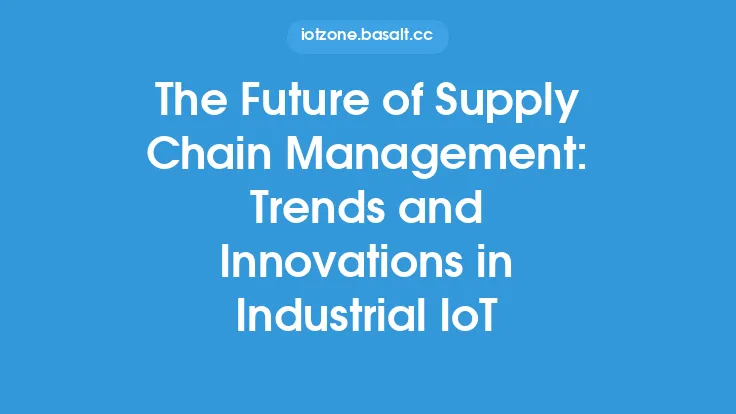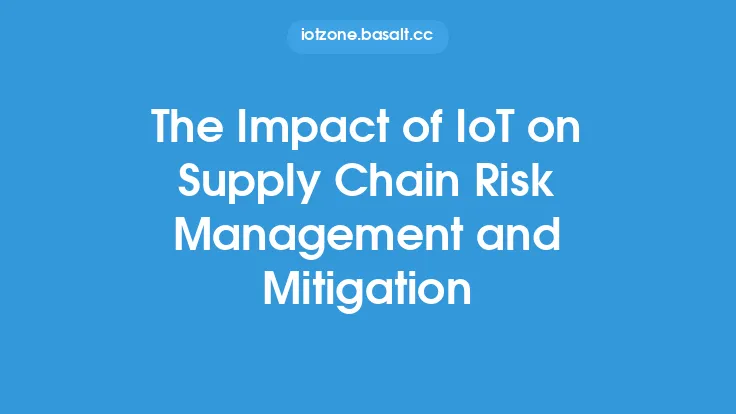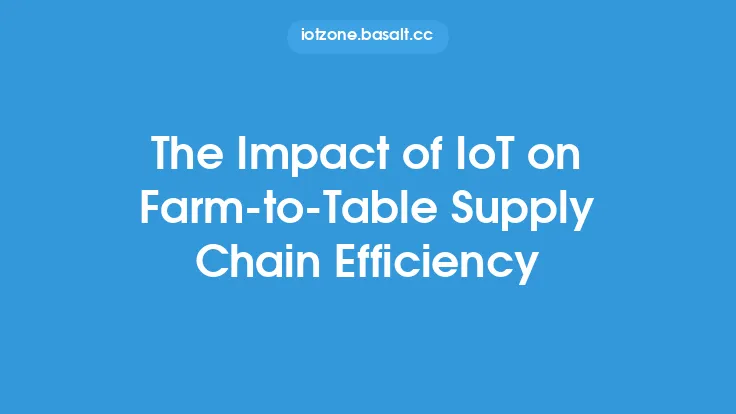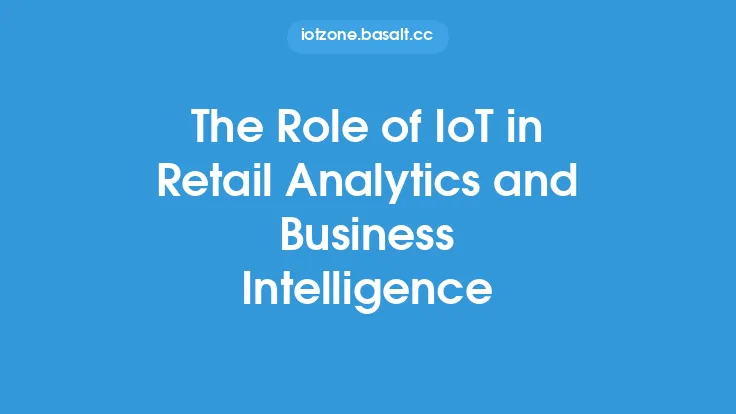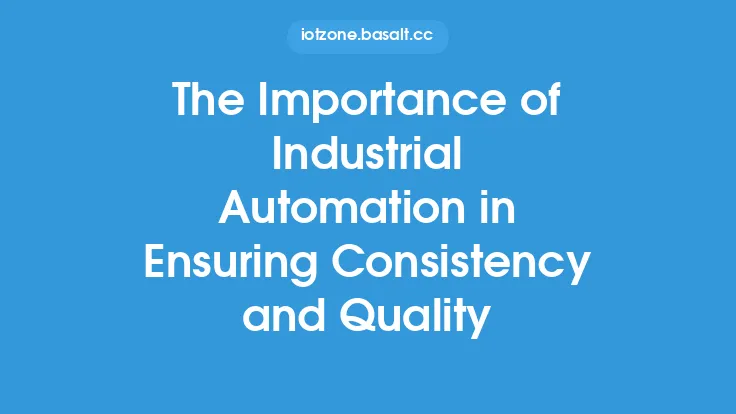The increasing complexity of global supply chains has led to a growing need for visibility and tracking capabilities. The Internet of Things (IoT) has emerged as a key technology in addressing this need, enabling real-time monitoring and management of supply chain operations. By leveraging IoT devices and sensors, companies can gain greater insight into their supply chain, from raw material sourcing to delivery of finished goods.
Introduction to IoT in Supply Chain Visibility
IoT devices and sensors can be used to track shipments, monitor inventory levels, and detect potential issues in real-time. This allows companies to respond quickly to changes in the supply chain, reducing the risk of delays, losses, and other disruptions. IoT devices can be used to track a wide range of parameters, including temperature, humidity, location, and movement. This data can be used to optimize supply chain operations, improve quality control, and reduce costs.
Key Technologies Used in IoT-Based Supply Chain Visibility
Several key technologies are used in IoT-based supply chain visibility, including RFID (Radio Frequency Identification), GPS (Global Positioning System), and cellular networks. RFID tags can be used to track inventory levels and monitor shipments, while GPS tracking devices can be used to monitor the location and movement of goods in real-time. Cellular networks provide the connectivity needed to transmit data from IoT devices to the cloud or other centralized systems.
How IoT Enables Real-Time Supply Chain Tracking
IoT enables real-time supply chain tracking by providing a constant stream of data from devices and sensors. This data can be used to track shipments, monitor inventory levels, and detect potential issues in real-time. For example, a company can use IoT devices to track the location and temperature of perishable goods, ensuring that they are stored and transported at the correct temperature. This can help to prevent spoilage and ensure that goods arrive at their destination in good condition.
Benefits of IoT in Supply Chain Visibility and Tracking
The use of IoT in supply chain visibility and tracking offers several benefits, including improved supply chain efficiency, reduced costs, and increased customer satisfaction. By providing real-time visibility into supply chain operations, IoT enables companies to respond quickly to changes and disruptions, reducing the risk of delays and losses. IoT also enables companies to optimize their supply chain operations, improving quality control and reducing costs.
Challenges and Limitations of IoT in Supply Chain Visibility
While IoT offers several benefits in supply chain visibility and tracking, there are also several challenges and limitations to consider. One of the main challenges is the cost of implementing and maintaining IoT systems, which can be significant. There are also concerns about data security and privacy, as well as the potential for IoT devices to be hacked or compromised. Additionally, IoT devices and sensors can be prone to errors and malfunctions, which can impact the accuracy and reliability of supply chain data.
Best Practices for Implementing IoT in Supply Chain Visibility
To get the most out of IoT in supply chain visibility, companies should follow several best practices. First, they should define clear goals and objectives for their IoT implementation, and ensure that all stakeholders are aligned and informed. They should also conduct thorough research and testing to ensure that their IoT system is reliable, secure, and scalable. Additionally, companies should consider implementing a phased rollout, starting with a small pilot project and gradually expanding to larger areas of the supply chain.
Technical Requirements for IoT-Based Supply Chain Visibility
IoT-based supply chain visibility requires several technical components, including devices and sensors, connectivity and networking, and data analytics and software. Devices and sensors are used to collect data from the supply chain, while connectivity and networking provide the infrastructure needed to transmit this data to the cloud or other centralized systems. Data analytics and software are used to process and analyze the data, providing insights and visibility into supply chain operations.
Data Analytics and Software for IoT-Based Supply Chain Visibility
Data analytics and software play a critical role in IoT-based supply chain visibility, enabling companies to process and analyze large amounts of data from devices and sensors. This data can be used to track shipments, monitor inventory levels, and detect potential issues in real-time. Several types of software are used in IoT-based supply chain visibility, including supply chain management software, transportation management software, and warehouse management software. These systems can be integrated with IoT devices and sensors to provide a complete view of the supply chain.
Security Considerations for IoT-Based Supply Chain Visibility
Security is a critical consideration for IoT-based supply chain visibility, as IoT devices and sensors can be vulnerable to hacking and other forms of cyber attack. To mitigate these risks, companies should implement robust security measures, including encryption, firewalls, and access controls. They should also conduct regular security audits and testing to ensure that their IoT system is secure and reliable.
Future Developments and Trends in IoT-Based Supply Chain Visibility
The future of IoT-based supply chain visibility is likely to be shaped by several trends and developments, including the increasing use of artificial intelligence and machine learning, the growth of the Industrial Internet of Things (IIoT), and the development of new IoT devices and sensors. These trends are likely to enable greater levels of automation and efficiency in supply chain operations, as well as improved visibility and tracking capabilities. As the use of IoT in supply chain visibility continues to evolve, companies can expect to see new opportunities for innovation and improvement in their supply chain operations.
